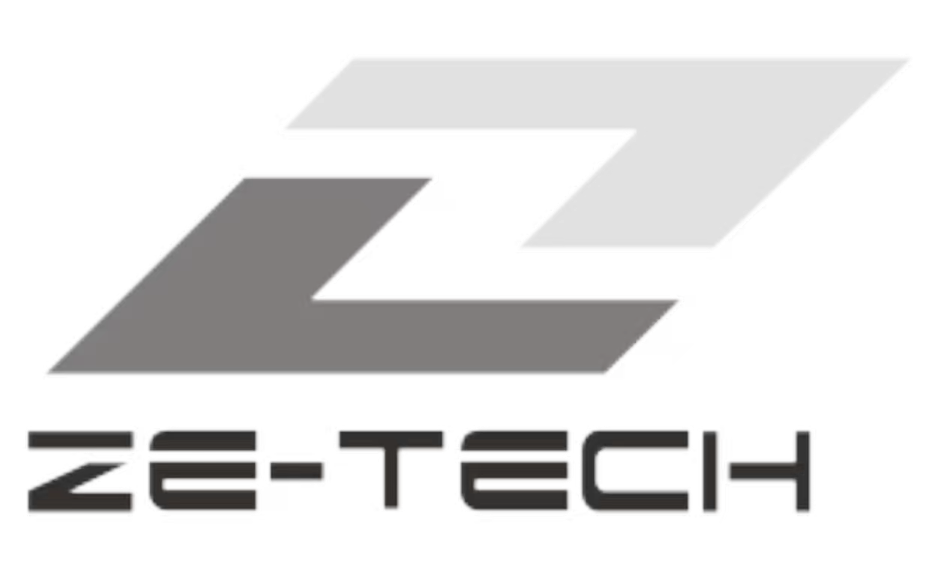Introduction
Lightweighting has become a critical focus in both automotive and aerospace industries, driven by the need to improve fuel efficiency, reduce emissions, and enhance overall performance. With rising environmental regulations and market demand for sustainable transportation, advanced manufacturing techniques such as CNC machining, additive manufacturing (3D printing), and composite material processing play a vital role in achieving lightweight yet durable components.
This article explores the role of advanced manufacturing in lightweighting, comparing traditional and modern methods, highlighting material innovations, and demonstrating how companies can leverage these technologies to stay competitive.

Why Lightweighting Matters
In both automotive and aerospace, reducing weight directly correlates with energy efficiency:
- Automotive: Every 10% reduction in vehicle weight improves fuel economy by 6–8%.
- Aerospace: A 1% reduction in aircraft weight can save hundreds of thousands of liters of fuel annually.
Thus, lightweighting is not just about cost savings—it directly impacts sustainability and regulatory compliance.
Advanced Manufacturing Techniques Driving Lightweighting
1. Additive Manufacturing (3D Printing)
- Enables topology optimization and lattice structures.
- Reduces material waste by building parts layer by layer.
- Allows consolidation of multiple components into one lightweight structure.
2. CNC Machining of Lightweight Alloys
- Precision machining of aluminum, titanium, and magnesium alloys.
- High repeatability and surface quality for aerospace-grade components.
- Hybrid processes combine machining with additive manufacturing for optimal results.
3. Composite Material Manufacturing
- Carbon fiber-reinforced polymers (CFRPs) used for strength-to-weight advantages.
- Widely adopted in aircraft fuselage, wings, and high-performance automotive parts.

Comparison: Traditional vs. Advanced Manufacturing in Lightweighting
| Aspect | Traditional Manufacturing | Advanced Manufacturing |
|---|---|---|
| Material Utilization | High waste (subtractive processes) | Optimized (additive & composites) |
| Design Flexibility | Limited by tooling and casting methods | High freedom with lattice & topology optimization |
| Weight Reduction | Incremental (material substitution only) | Significant (structural redesign + material) |
| Cost Efficiency | High tooling and setup cost | Lower cost for complex/low-volume parts |
| Sustainability | More material waste, energy intensive | Reduced energy use, recyclable powders and composites |
Case Studies
- Automotive: BMW i-series vehicles leverage carbon fiber composites for body panels, cutting weight by up to 30%.
- Aerospace: GE Aviation uses 3D-printed fuel nozzles, 25% lighter and five times more durable than conventionally manufactured versions.
Challenges and Opportunities
Challenges:
- High cost of advanced materials (e.g., titanium, carbon fiber).
- Certification hurdles in aerospace applications.
- Scalability for mass production in automotive.
Opportunities:
- Integration of AI-driven design (generative design for lightweight structures).
- Wider adoption of hybrid manufacturing processes.
- Sustainable recycling of composite materials.

Conclusion
Lightweighting is no longer optional—it is essential for the automotive and aerospace sectors to meet performance, regulatory, and sustainability goals. Advanced manufacturing technologies provide the precision, flexibility, and innovation needed to reduce weight while maintaining structural integrity.
Companies that invest in additive manufacturing, CNC machining, and composite processing will lead the way in delivering lighter, greener, and more efficient vehicles and aircraft.
What We Offer at Ze-tech Mold
At Ze-tech Mold, we provide end-to-end manufacturing services, including:
- CNC Machining & Turning
- 3D printing prototype
- sheet metal fabrication
- silicone vacuum casting
- Rapid Injection molding
- surface treatments
- PCB & PCBA
Whether you’re looking for precision CNC parts or custom prototypes, we provide tailored solutions for both low-volume and large-scale production. Get in touch with us today to discuss your project and see how we can bring your ideas to life.
